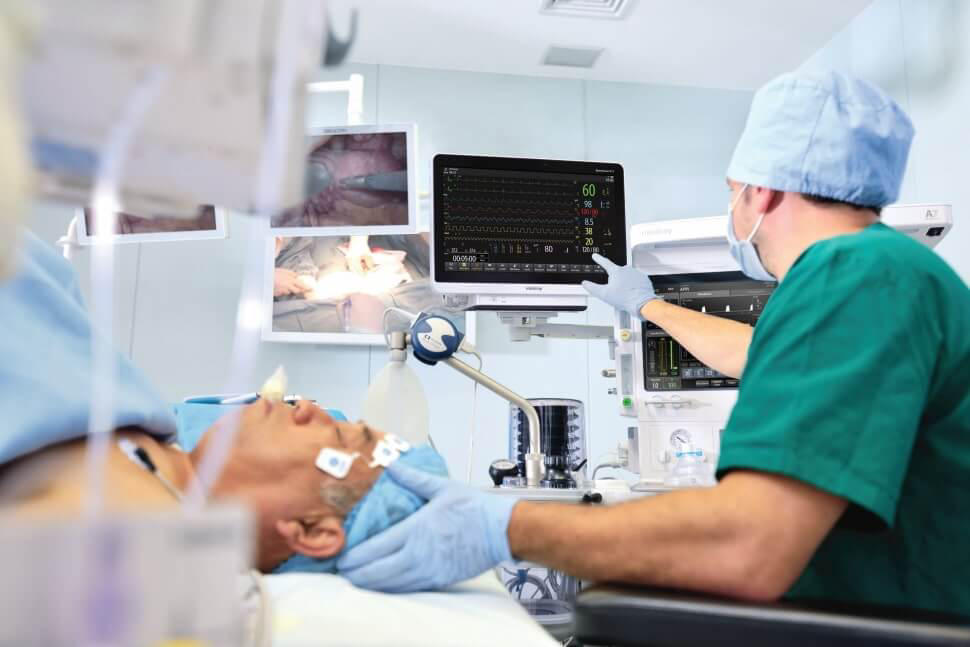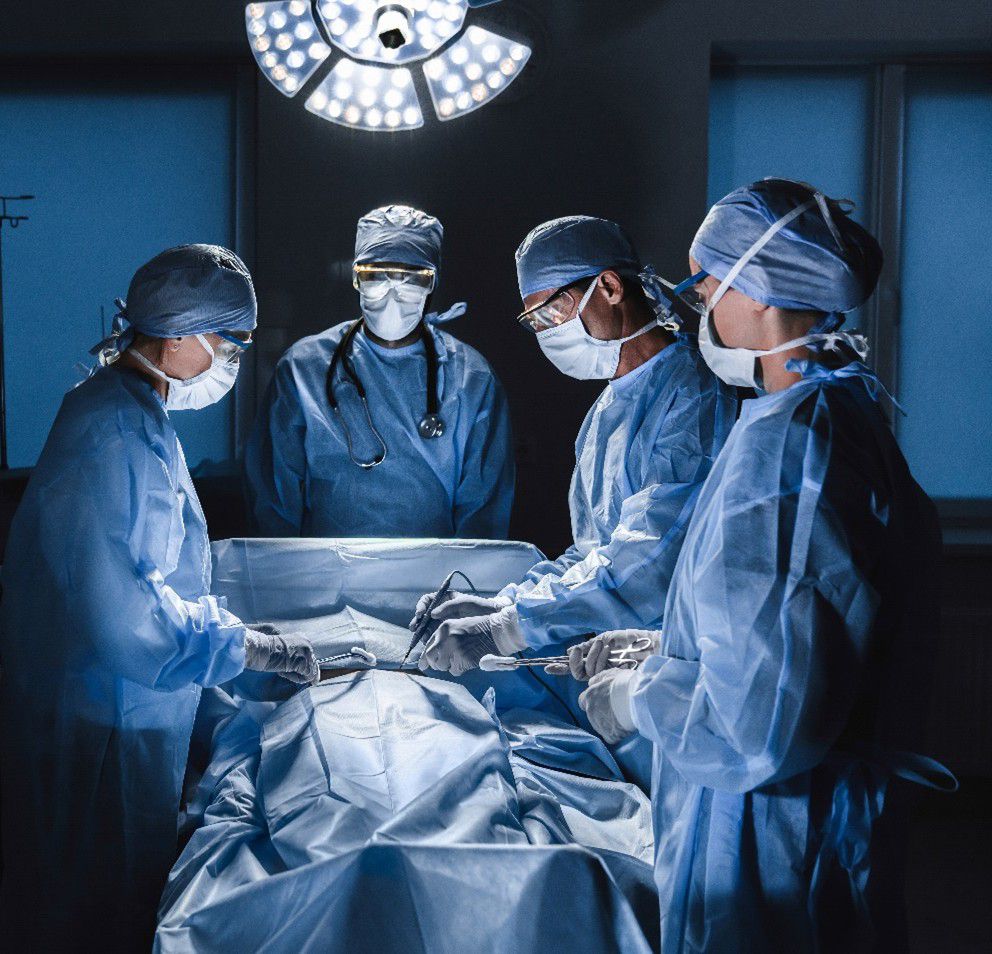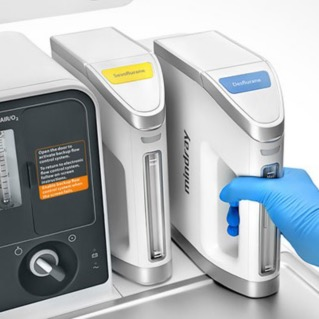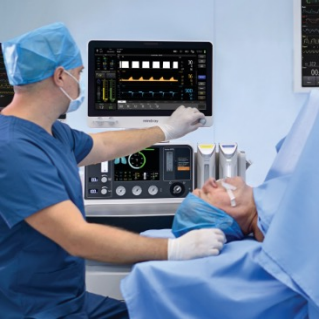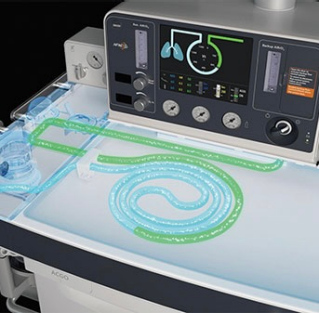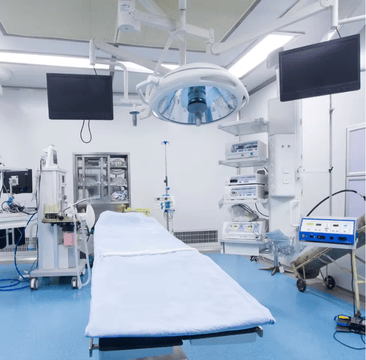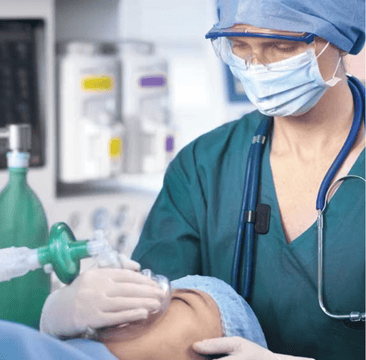Anesthesia technology has evolved to play a pivotal role in transforming patient care and safety. Over the past several decades, anesthesia machines have undergone extensive advancements to meet the growing demands of surgical procedures in high acuity environments. Early anesthesia machines were simple devices designed to administer anesthetic gases. Today, anesthesia machines are intelligent systems that leverage cutting-edge technology to optimize patient outcomes.
Advancements Driving Precision and Safety in Anesthesia Machines
Emerging innovations elevate clinicians’ approaches to patient safety and care when administering anesthesia in high acuity environments. Advanced ventilation modes, precise gas delivery systems, and integrated monitoring enable clinicians to tailor care to patients’ needs more easily. As a result of these features, some studies show that mortality has fallen dramatically, from 6.4 deaths per 10,000 operations in the 1940s to 0.4 per 100,000 at the end of the 1980s. Today, the risk is even lower, with fewer than one death for every 200,000 to 300,000 anesthetic procedures performed.1
As advanced ventilation modes are incorporated more frequently into the design of anesthesia machines, anesthesiologists can better rely on technology to help optimize respiratory support. These modes help to enhance precision and can adapt to diverse clinical scenarios, ensuring safety remains the top priority for patients undergoing surgery. Some examples of advanced ventilation modes include:
- Synchronized Intermittent Mandatory Ventilation - Volume Guarantee (SIMV-VG): SIMV-VG is an advanced ventilation mode that combines pressure support with a guaranteed tidal volume. This mode adjusts pressure levels dynamically to maintain a consistent target volume, reducing the risk associated with mechanical ventilation complications. It is particularly useful for patients with inconsistent respiratory levels, as it supports spontaneous breathing while maintaining effective ventilation.
- Airway Pressure Release Ventilation (APRV): APRV is a pressure-controlled mode of ventilation that delivers an almost continuous positive pressure with intermittent, time-cycled, short releases at a lower pressure. Spontaneous ventilation is encouraged, and the relatively increased mean airway pressures allow ‘open-lung’ ventilation2 . It is often used in patients with severe acute respiratory failure (SARF) and acute respiratory distress syndrome (ARDS) or those requiring lung-protective strategies.
- Lung Recruitment Maneuvers: Lung recruitment techniques are employed to open collapsed alveoli and improve gas exchange during mechanical ventilation. These maneuvers typically involve a temporary increase in airway pressure to expand previously collapsed lung tissue. Advantages of lung recruitment techniques include increasing the number of alveoli in the dependent part of the lungs participating in gas exchange, increasing lung compliance, reducing intrapulmonary shunt, and improving gas exchange in pulmonary capillaries.3
These innovative features exemplify the advantages of advanced anesthesia machines for driving forward patient-centered care in high acuity settings.
References:
1 Harfaoui W, Alilou M, El Adib AR, Zidouh S, Zentar A, Lekehal B, Belyamani L, Obtel M. Patient Safety in Anesthesiology: Progress, Challenges, and Prospects. Cureus. 2024 Sep 16;16(9):e69540. doi: 10.7759/cureus.69540. PMID: 39416553; PMCID: PMC11482646.
2 Swindin J, Sampson C, Howatson A. Airway pressure release ventilation. BJA Educ. 2020 Mar;20(3):80-88. doi: 10.1016/j.bjae.2019.12.001. Epub 2020 Jan 23. PMID: 33456934; PMCID: PMC7808079.
3 "Lung Recruitment Maneuver." Physiopedia, . 15 Oct 2024, 16:38 UTC. 23 Apr 2025, 15:52 .
4 Clemens, Dr, et al. “Interoperability: A Rising Health It Priority for ASA and Federal Regulators.” Anesthesia Experts, 13 Sept. 2023,
5 Raghavendra Rao RS. Ergonomical aspects of anaesthetic practice. Indian J Anaesth. 2016 May;60(5):306-11. doi: 10.4103/0019-5049.181590. PMID: 27212716; PMCID: PMC4870942.
6 Raghavendra Rao RS. Ergonomical aspects of anaesthetic practice. Indian J Anaesth. 2016 May;60(5):306-11. doi: 10.4103/0019-5049.181590. PMID: 27212716; PMCID: PMC4870942.
